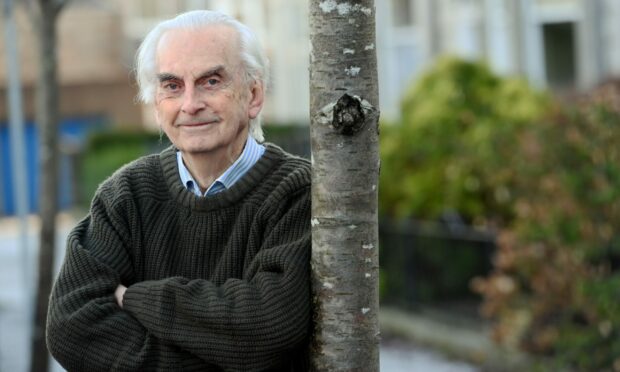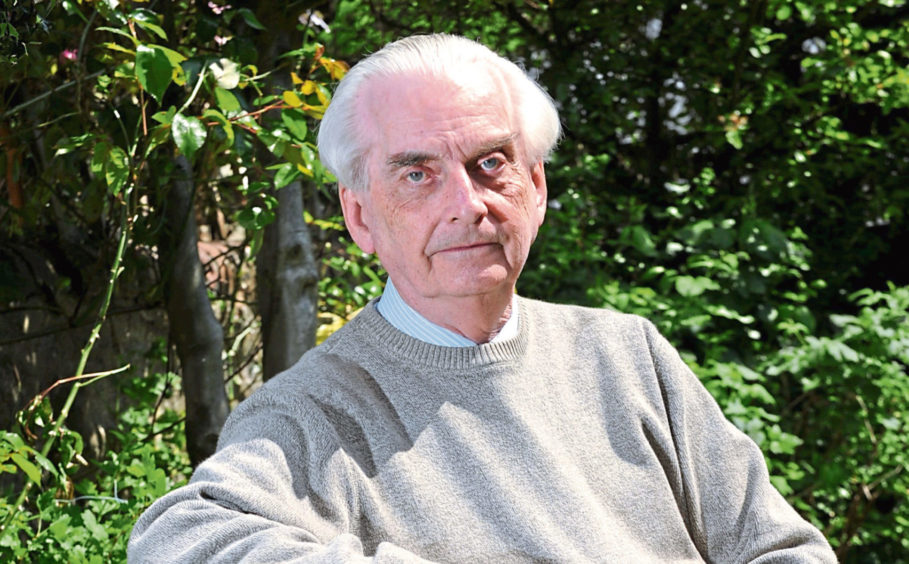Sewage samples in London have tested positive for polio – but a leading Aberdeen expert says there’s “certainly” nothing to fear in the north and north-east.
During the 1950s, polio was rife across the UK but it was wiped out by 2003 due to the vaccine.
Now, decades later, the virus has been found in sewage in London, sparking fears it will spread across the country.
Polio is a serious viral infection which can cause nerve injury – and potentially escalate into partial or full paralysis.
However, Sir Hugh Pennington wants to reassure everyone that the chances of catching it are almost none.
The emeritus professor of bacteriology at Aberdeen University said: “Unless you drink the sewage, there’s no risk.
“I would be very surprised if there would be any risk to people in the north-east.
“The polio vaccination is still going on, it will be from a person who’s come to the country from the one or two countries where polio hasn’t been eradicated yet.
“In Nigeria and Afghanistan for example, there’s been a little bit of hesitation from some about getting the vaccination.”
He added: “Finding any virus is a case for concern, but I don’t think there’s any risk to people living in London and certainly not anybody in the north-east.”
Where did polio in London come from?
It’s thought the virus in London may have come from someone who was immunised using a live polio vaccine, which hasn’t been used in the UK since 2004.
It was picked up during routine testing of sewage.
Here, an inactivated – non-infectious – version is used as part of a child’s jabs.
But some other countries use a live oral version, with a weakened form of polio.
In rare cases, this can mutate and spread to others.
Sir Hugh said: “There are two kinds of polio viruses, the vaccinated-related one doesn’t cause disease, but you can find it if you look in the sewage.
“It may well have been from someone vaccinated from polio.
“The likelihood there will be any cases is almost zero.”
Read more:
Looking to go abroad? How you get travel vaccinations in Grampian has changed



Conversation